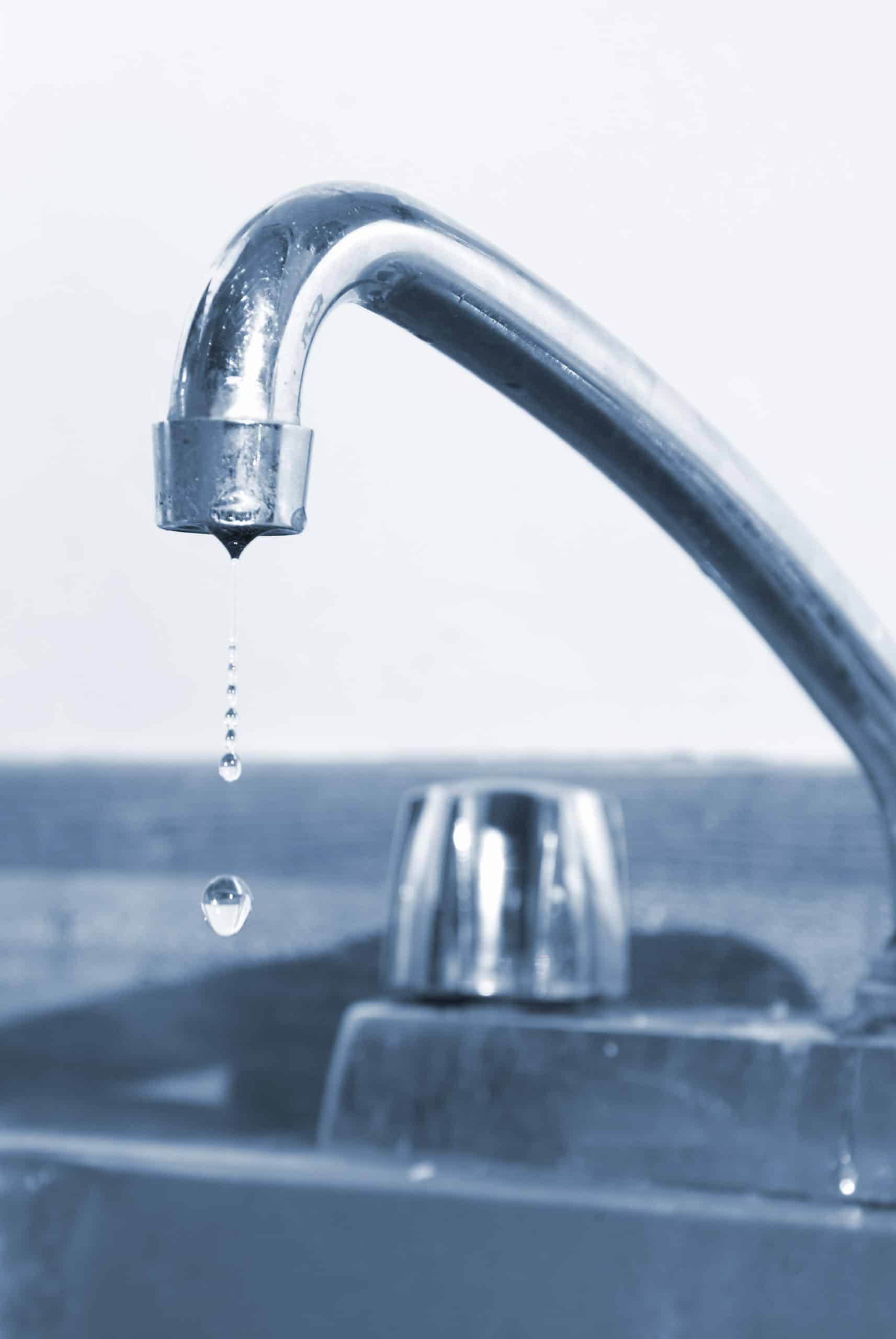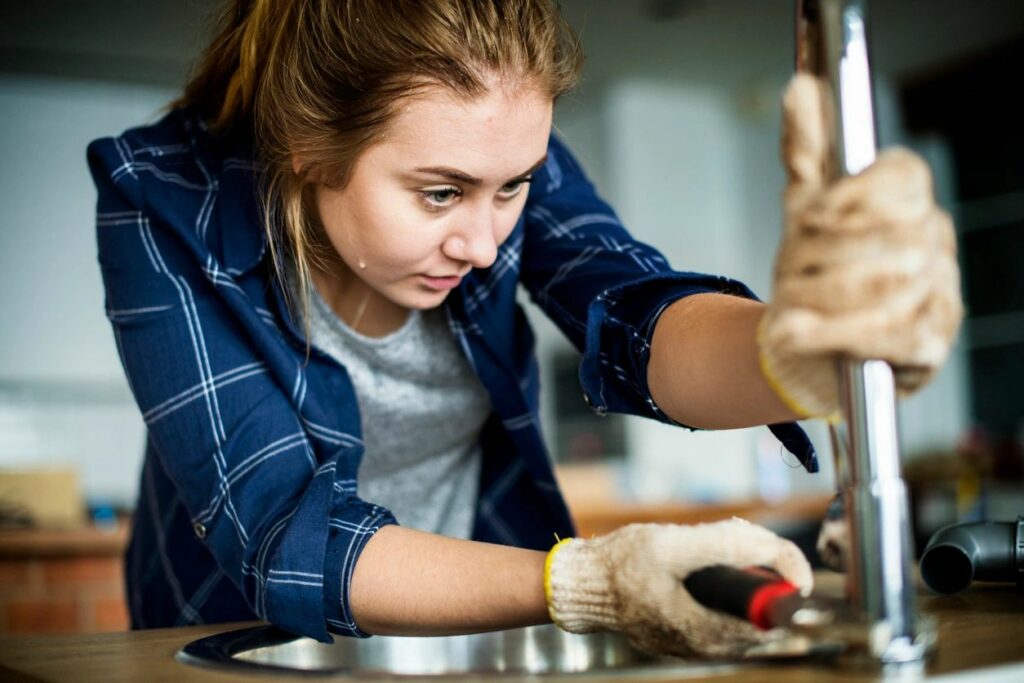Why It's Vital to Address a Broken Faucet
Why It's Vital to Address a Broken Faucet
Blog Article
What are your thoughts on Should I Repair or Replace a Leaky Faucet??

Dripping taps might look like a small inconvenience, however their influence goes beyond just the nuisance of the noise. From drainage to sustaining unnecessary financial expenses and health risks, neglecting a trickling tap can cause numerous consequences. In this post, we'll explore why it's vital to resolve this common household concern promptly and effectively.
Waste of Water
Environmental Effect
Trickling faucets add substantially to water wastefulness. According to the Epa (EPA), a single faucet trickling at one drip per secondly can squander more than 3,000 gallons of water per year. This not only pressures water resources however also affects ecological communities and wild animals dependent on them.
Financial Prices
Increased Water Bills
Past the ecological influence, leaking faucets can pump up water expenses substantially. The gathered waste over time translates right into greater utility expenditures, which could have been avoided with prompt repair services.
Prospective Property Damage
In addition, long term trickling can cause damage to fixtures and surfaces bordering the faucet. Water accumulation can cause staining, deterioration, and even structural concerns if left unattended, leading to added repair expenses.
Health and wellness Problems
Mold And Mildew and Mold Growth
The consistent presence of dampness from a trickling tap creates an optimal environment for mold and mildew development. These fungi not only jeopardize interior air high quality however additionally present health and wellness threats, especially for individuals with respiratory system conditions or allergic reactions.
Waterborne Diseases
Stationary water in dripping taps can become a breeding place for germs and various other microorganisms, increasing the danger of waterborne diseases. Impurities such as Legionella bacteria grow in stationary water, potentially bring about major ailments when ingested or breathed in.
Do it yourself vs. Specialist Repair service
Advantages and disadvantages of Do It Yourself Repair
While some might attempt to take care of a trickling tap themselves, DIY repairs come with their own set of difficulties. Without appropriate expertise and devices, DIY attempts can worsen the problem or cause insufficient fixings, lengthening the problem.
Benefits of Hiring an Expert Plumber
Employing a specialist plumber makes sure that the underlying reason for the leaking tap is attended to effectively. Plumbings have the expertise and equipment to diagnose and fix tap problems efficiently, saving time and minimizing the danger of further damages.
Step-by-Step Guide to Taking Care Of a Dripping Faucet
Devices Needed
Before trying to deal with a trickling tap, gather the necessary devices, including a flexible wrench, screwdrivers, replacement parts (such as washing machines or cartridges), and plumber's tape.
Typical Tap Issues and Their Solutions
Identify the type of tap and the certain problem causing the drip. Common troubles consist of worn-out washing machines, corroded valve seats, or damaged O-rings. Refer to maker directions or on-line tutorials for detailed guidance on repair work.
Preventive Measures
Regular Maintenance Tips
To avoid leaking taps, do regular maintenance such as cleaning up aerators, checking for leakages, and replacing worn-out parts without delay. Furthermore, think about setting up water-saving gadgets or updating to much more effective fixtures.
Importance of Prompt Repair Works
Attending to dripping taps as quickly as they're observed protects against more water waste and potential damage, eventually saving both water and money in the future.
Effect On Building Value
Assumption of Well-Maintained Residential Or Commercial Property
Preserving a residential or commercial property in good condition, consisting of attending to upkeep issues like trickling faucets, improves its perceived value and desirability among possible customers or renters.
Influence on Resale Value
Residences with well-kept plumbing fixtures, including faucets, command greater resale values in the real estate market. Resolving dripping taps can contribute to a positive impression during home inspections and settlements.
Ecological Responsibility
Private Payment to Conservation
Taking obligation for dealing with dripping faucets lines up with more comprehensive initiatives toward water conservation and environmental sustainability. Every individual's actions collectively make a considerable effect on protecting priceless resources.
Sustainable Living Practices
By prioritizing punctual fixings and embracing water-saving practices, people contribute to lasting living methods that benefit both existing and future generations.
Conclusion
Resolving a leaking faucet surpasses mere ease; it's a vital action toward saving water, reducing monetary prices, and protecting health and wellness and residential or commercial property. Whether via DIY repair services or specialist assistance, acting to take care of trickling taps is a tiny yet impactful means to advertise responsible stewardship of sources and add to a much healthier, a lot more lasting future.
Most Common Reasons for a Leaky Faucet and How to Stop the Drip
Whether it’s your kitchen faucet leaking or a bathroom faucet leaking, one leaky faucet can waste anywhere from three to 30 gallons of water every single day. If the constant drip-drip-drip doesn’t get your attention, your water bill will. The good news is that, by following a few simple steps, chances are pretty good you can fix the problem yourself.
Why is it dripping?
Before you start taking things apart, let’s break down some of the most common causes of a leaky faucet.
Bad O-ring.
A cartridge is a valve that controls the flow of water into the faucet spout. On cartridge faucets there’s an O-ring—the little disc attached to the stem screw that holds the faucet handle in place. If it’s loose or worn-out, it can cause your sink handle to leak. Of course, the cartridge itself could be worn out. If that’s the case, make sure you replace it with the exact same kind.
Corroded valve seat.
The valve seat connects the faucet and the spout. If the leak seems to be coming from the spout, it might be because a buildup of water sediment has corroded the valve seat.
Worn-out washers or seals.
A leaky spout could be caused by a bad washer that rests against the valve seat. It’s just a matter of time before friction takes its toll. It could also be the wrong size washer or one that’s been installed incorrectly. Water sediments can also corrode inlet and outlet seals.
Water pressure.
If the faucet only drips now and then, or when you turn the handles a certain way, you should probably check your home’s water pressure.
Loose or broken parts.
The adjusting ring and packing nuts in the stream screw can become loose over time, causing your sink handle to leak. Try tightening or replacing the packing nut. If the leak is coming from the pipes underneath the sink, you probably have a broken pipe or fitting. If that’s the case, you should definitely call a plumber.
Know your faucet.
Faucets come in a variety of types. Each one has its own assembly—and its own possible causes of leaks. Learning about the four most common kinds of faucets will help you know how to take them apart and make any repairs.
How to stop a leaky faucet
Fixing that leaky faucet doesn’t have to take a lot of time, money, or expertise. It’s usually a simple matter of replacing a worn-out washer or gasket, a loose O ring, or another part. Chances are really good you can do this yourself if you follow these simple steps.
Shut off the water.
Before you tackle the faucet, cut off the water supply to the sink. There should be one valve for hot and one for cold. Hand-turn them clockwise with your hands till they close. If there are no valves under the sink, head to the basement and shut off the main water supply to the house. Then turn on the faucet until it empties out the water that’s still in the line and you’re ready to start. It’s a good idea to cover the sink drain with a plug or a rag so you don’t lose any small pieces and parts while you’re working.

Hopefully you liked our post on . Thank you for finding the time to read through our piece of content. Enjoyed our piece of writing? Please quickly share it. Let others find it. Many thanks for being here. Please check our site back soon.
Report this page